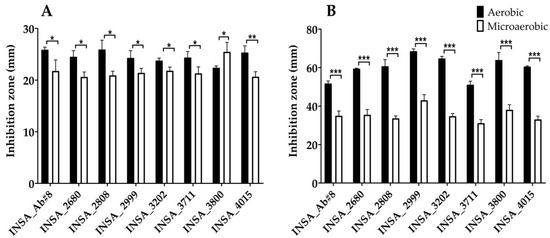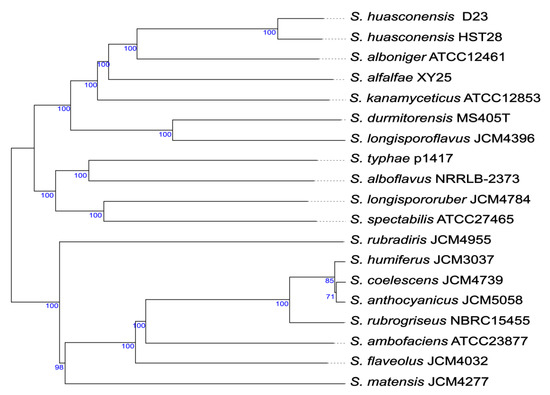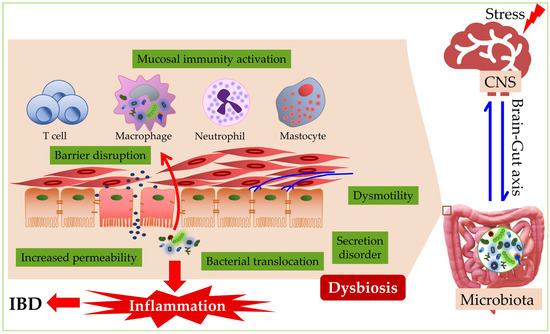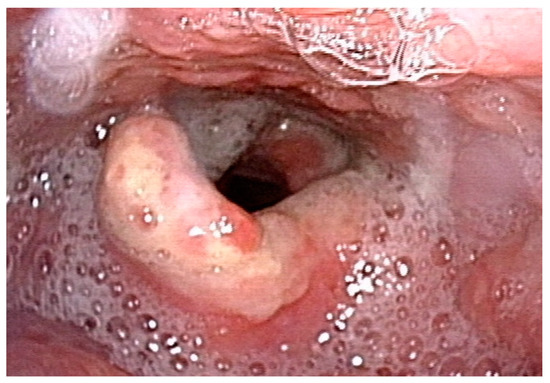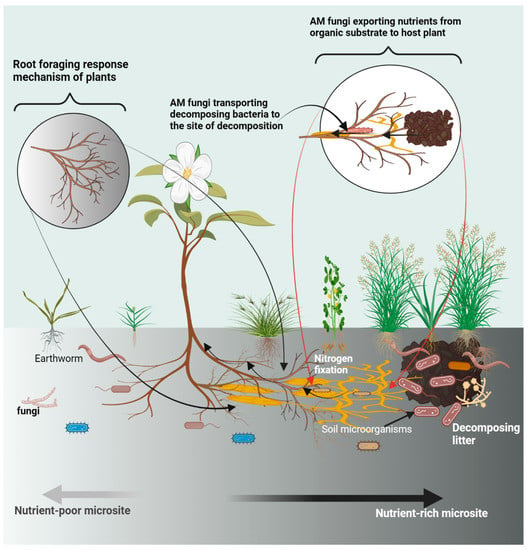The harsh climatic conditions of deserts may lead to unique adaptations of microbes, which could serve as potential sources of new metabolites to cope with environmental stresses. However, the mechanisms governing the environmental adaptability and antimicrobial activity of desert
Streptomyces remain inadequate, especially
[...] Read more.
The harsh climatic conditions of deserts may lead to unique adaptations of microbes, which could serve as potential sources of new metabolites to cope with environmental stresses. However, the mechanisms governing the environmental adaptability and antimicrobial activity of desert
Streptomyces remain inadequate, especially in extreme temperature differences, drought conditions, and strong radiation. Here, we isolated a
Streptomyces strain from rocks in the Kumtagh Desert in Northwest China and tested its antibacterial activity, resistance to UV-C irradiation, and tolerance to hydrogen peroxide (H
2O
2). The whole-genome sequencing was carried out to study the mechanisms underlying physiological characteristics and ecological adaptation from a genomic perspective. This strain has a growth inhibitory effect against a variety of indicator bacteria, and the highest antibacterial activity recorded was against
Bacillus cereus. Moreover, strain D23 can withstand UV-C irradiation up to 100 J/m
2 (D10 = 80 J/m
2) and tolerate stress up to 70 mM H
2O
2. The genome prediction of strain D23 revealed the mechanisms associated with its adaptation to extreme environmental and stressful conditions. In total, 33 biosynthetic gene clusters (BGCs) were predicted based on anti-SMASH. Gene annotation found that
S. huasconensis D23 contains several genes and proteins associated with the biosynthesis of factors required to cope with environmental stress of temperature, UV radiation, and osmotic pressure. The results of this study provide information about the genome and BGCs of the strain
S. huasconensis D23. The experimental results combined with the genome sequencing data show that antimicrobial activity and stress resistance of
S. huasconensis D23 was due to the rich and diverse secondary metabolite production capacity and the induction of stress-responsive genes. The environmental adaptability and antimicrobial activity information presented here will be valuable for subsequent work regarding the isolation of bioactive compounds and provide insight into the ecological adaptation mechanism of microbes to extreme desert environments.
Full article



